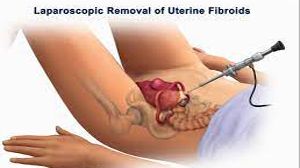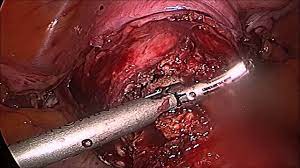A less invasive option for cervical incompetence: Laparoscopic cervical cerclage.
Add to
Share
1,059 views
Report
2 years ago
Description
This video demonstrates Laparoscopic cervical cerclage: a minimally invasive solution for cervical incompetence by Dr. R K Mishra at World Laparoscopy Hospital. Cervical incompetence is a condition in which the cervix (the lower part of the uterus) begins to open too soon during pregnancy, resulting in a risk of preterm labor or miscarriage. Traditional treatment for cervical incompetence involves the placement of a cervical cerclage, which is a surgical stitch that holds the cervix closed. However, this procedure has been associated with several potential risks and complications, such as infection, bleeding, and preterm rupture of the membranes. In recent years, laparoscopic cervical cerclage has emerged as a minimally invasive alternative to traditional cervical cerclage. This innovative procedure involves the placement of a cerclage stitch around the cervix through tiny incisions in the abdomen, using specialized instruments and a laparoscope, which is a thin, flexible tube with a camera attached to it. This approach provides several advantages over the traditional procedure, such as improved visualization of the cervix, reduced risk of infection and bleeding, and faster recovery. Laparoscopic cervical cerclage can be performed either before pregnancy or during early pregnancy, depending on the individual case. The procedure is typically done under general anesthesia, and patients can usually go home the same day or the next day after the surgery. Most women are able to resume normal activities within a few days to a week after the procedure. The success rates of laparoscopic cervical cerclage have been shown to be comparable to those of traditional cervical cerclage, with a lower risk of complications. In addition, this procedure can be used in women who have had multiple previous cervical cerclages or who have an abnormal cervix that makes the traditional procedure difficult or impossible. Overall, laparoscopic cervical cerclage offers a safe and effective alternative to traditional cervical cerclage for the management of cervical incompetence. This minimally invasive approach provides several benefits, including reduced risk of complications, faster recovery, and improved outcomes for both the mother and the baby. If you are concerned about cervical incompetence or have been advised to undergo cervical cerclage, it is important to talk to your doctor about all of your options, including laparoscopic cervical cerclage.
Similar Videos





